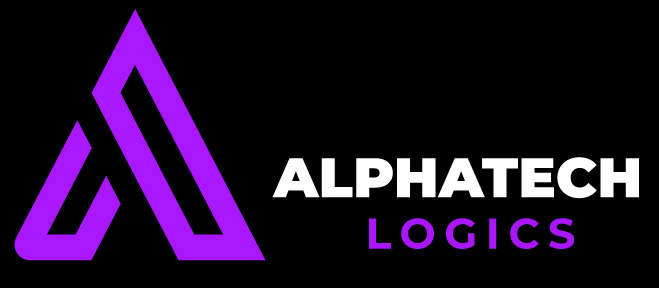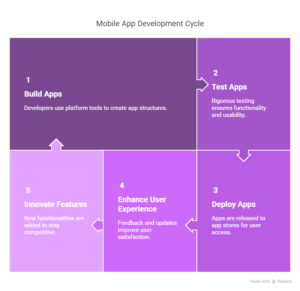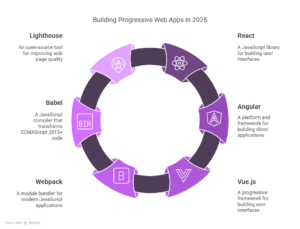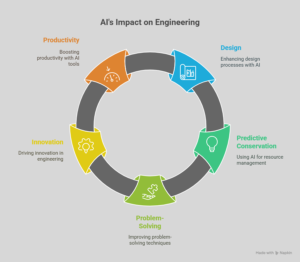AI Solutions for CEOs: A Comprehensive Guide to Strategic Implementation
Introduction
In today’s rapidly evolving business landscape, CEOs face mounting pressure to drive innovation, optimize operations, and maintain a competitive edge. Artificial Intelligence (AI) has emerged as a game-changing tool, offering CEOs unprecedented insights, automation, and strategic advantages. However, adopting AI is not just about technology—it’s about leadership vision and execution.
This guide explores how CEOs can strategically implement AI to enhance decision-making, streamline operations, and future-proof their organizations.
Why AI is a CEO’s Most Powerful Strategic Tool
AI is transforming business at every level, but its most significant impact is at the top. For CEOs, AI provides:
Data-Driven Decision-Making – AI analyzes vast datasets to uncover trends, risks, and opportunities that humans might miss.
Competitive Intelligence – Real-time market insights help CEOs stay ahead of industry disruptions.
Operational Efficiency – AI automates routine processes, freeing leadership to focus on high-impact strategies.
Enhanced Customer & Employee Experiences – AI personalizes engagement, boosting satisfaction and retention.
Risk Mitigation – Predictive analytics identify financial, operational, and cybersecurity threats before they escalate.
The Bottom Line: CEOs who leverage AI gain a strategic advantage—those who ignore it risk falling behind.
Key AI Solutions Every CEO Should Consider
1. AI-Powered Strategic Forecasting
Use Case: Predicting market shifts, customer demand, and economic trends.
Tools: Machine learning models, predictive analytics platforms (e.g., Salesforce Einstein, IBM Watson).
CEO Benefit: Make proactive, data-backed decisions instead of reactive ones.
2. Intelligent Automation for Efficiency
Use Case: Automating repetitive tasks (e.g., financial reporting, contract analysis).
Tools: Robotic Process Automation (RPA), AI-driven workflow automation (e.g., UiPath, Zapier).
CEO Benefit: Reduce costs, minimize human error, and accelerate workflows.
3. AI-Driven Customer Insights & Personalization
Use Case: Hyper-targeted marketing, dynamic pricing, and customer sentiment analysis.
Tools: NLP-powered chatbots (e.g., ChatGPT for customer service), AI recommendation engines (e.g., Amazon’s algorithms).
CEO Benefit: Increase revenue through personalized engagement and loyalty.
4. AI in Talent Management & Leadership Development
Use Case: AI-assisted recruitment, employee performance tracking, and leadership coaching.
Tools: HireVue (AI interviews), Pymetrics (cognitive hiring assessments).
CEO Benefit: Build a high-performing workforce and reduce turnover.
5. AI for Risk Management & Cybersecurity
Use Case: Fraud detection, compliance monitoring, and cyber threat prevention.
Tools: Darktrace (AI cybersecurity), Palantir (risk analytics).
CEO Benefit: Protect company assets and reputation with AI-powered security.
How CEOs Can Successfully Implement AI: A Step-by-Step Guide
Step 1: Define Clear Business Objectives
⦁ Identify pain points AI can solve (e.g., inefficiencies, declining sales, high attrition).
⦁ Align AI initiatives with long-term corporate strategy.
Step 2: Build a Data-Driven Culture
⦁ Ensure data quality and accessibility across departments.
⦁ Encourage teams to embrace AI-driven decision-making.
Step 3: Start Small, Scale Fast
⦁ Pilot AI in one department (e.g., marketing automation, supply chain optimization).
⦁ Measure ROI before expanding company-wide.
Step 4: Partner with the Right Experts
⦁ Hire or upskill AI talent (data scientists, ML engineers).
⦁ Collaborate with AI vendors or consultants for specialized solutions.
Step 5: Ensure Ethical & Responsible AI Use
⦁ Address bias in AI models.
⦁ Maintain transparency in AI-driven decisions.
⦁ Comply with data privacy regulations (GDPR, CCPA).
The Future of AI in Leadership
As AI evolves, CEOs can expect:
AI Co-Pilots for Executives – AI assistants that draft reports, simulate business scenarios, and provide real-time strategic advice.
AI-Augmented Board Meetings – Predictive dashboards that visualize key metrics and recommend actions.
Autonomous Business Units – AI managing entire operational processes with minimal human intervention.
Conclusion: AI as a CEO’s Strategic Imperative
AI is no longer optional—it’s a necessity for CEOs who want to lead in the digital age. By strategically implementing AI, CEOs can unlock new efficiencies, drive innovation, and make smarter, faster decisions.
The choice is clear: Embrace AI now or risk being outpaced by competitors who do.





